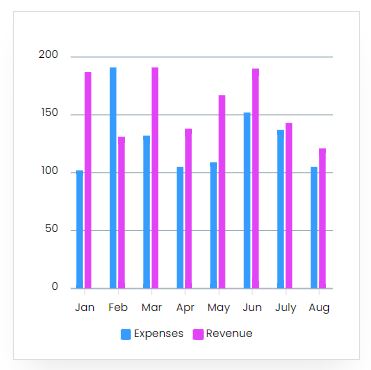Project Report For Water Meters
Introduction
Project report for Water Meters is as follows.
Water use is measured through the technique of water metering. A water meter is a tool that gauges how much water is moving through a network of pipes. The volume of water utilized by residential and commercial buildings that receive their water supply from a public water supply system is often measured using water meters.
At a water source, water meters are also used to measure the flow through a specific area of the system. Water flow is typically measured in cubic meters (m3), though certain electronic meters can also show the rate of flow in addition to the total amount used.

Water flow is typically measured in cubic meters (m3), though certain electronic meters can also show the rate of flow in addition to the total amount used.
Get Completely Custom Bankable Project Report
Types of Water Meters
Water meters can be mechanically or sensor-driven, with each having unique characteristics to fit different working circumstances. Water meters come in a variety of varieties.
1. Mechanical water meters
2. Electromagnetic flow meter
3. Ultrasonic flow meter
Potential Its Application Of Water Meters
The majority of metres in a typical water distribution system are solely intended to measure cold potable water. Oscillating piston and spinning disc metres are common designs. Single and multi-jet metres, as well as turbine metres, are velocity-based designs.
There are additional non-mechanical designs, such as electromagnetic and ultrasonic metres, as well as metres tailored for specific applications. Floating Ball Technology is a type of turbine metering in which a ball-shaped turbine impeller floats between axial bearings in the meter’s measurement chamber.
This decreases pressure loss and nearly eliminates component wear while enhancing accuracy across a wide flow range. Because the thermoplastic ball is nearly weightless in water, even minor changes in flow cause the impeller to rise and fall correspondingly. As a result, this sort of metre can correctly record very low flows while still supporting extended high flow rates with little friction or wear.
Water utilities confront more obstacles than ever before, but they also have greater opportunity. When combined with intelligent water management systems, new generations of water metres will enable utilities to improve their operations while fulfilling rising customer demands and conservation measures for decades to come.
Typical clean water flow applications include: accurate billing and monitoring of water use; optimization of water usage; monitoring of water flow between reservoirs; irrigation water measurement; reverse osmosis water treatment; and a high purity water plant.
Market Potential Of Water Meters
The global flow metre market was worth USD 8.29 billion in 2020, and it is predicted to increase at a compound annual growth rate (CAGR) of 5.7% between 2021 and 2028.
Expenses

Product Cost Breakup

Reveneue Vs Expenses

Market Trend

In 2020, the market shipping size was estimated to be 53,78,749 units. The growing need for flow rate measurement in O&G management applications around the world is likely to fuel market expansion over the forecast period.
Over the predicted period, measurement methods and equipment would gain traction in other industries such as water and wastewater, power production, and pulp and paper. Because of the recent discovery of shale gas deposits, product adoption would be especially significant in the oil and gas, chemical, and petroleum refinery industries.
The demand for intelligent systems is likely to rise in the near future, since IoT integration has resulted in the launch of smart measuring solutions. The market for Coriolis flowmeters is expected to rise as a result of their improved smart capabilities to measure rate more accurately.
The market’s players are primarily focused on the oil and gas sector and are spending significantly to provide innovative products and solutions for measuring the flow rate of liquids, gases, and vapours. Furthermore, one of the primary applications offering profitable potential for ultrasonic and Coriolis flowmeters is custody transfer in the oil and gas sector.
In 2020, the magnetic flowmeters segment had the highest revenue share, accounting for roughly 25% of the entire market share. The product is further subdivided into wired magnetic flowmeters and wireless magnetic flowmeters. From 2021 to 2028, the ultrasonic and Coriolis segments are expected to increase at a rate greater than 7.5%. These flowmeters incorporate IoT, resulting in smart flow rate measurement solutions.

